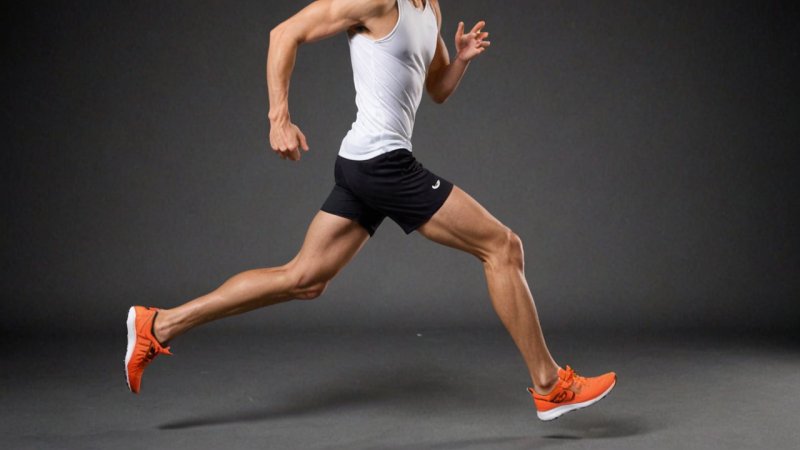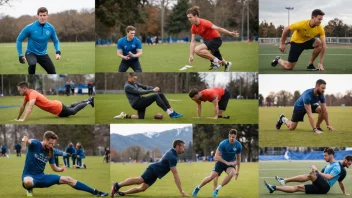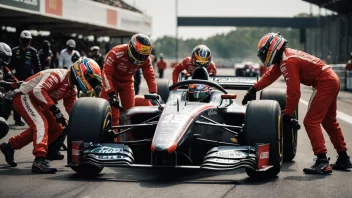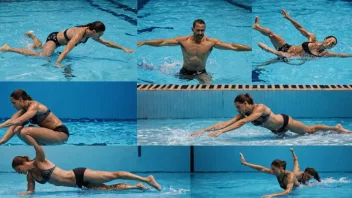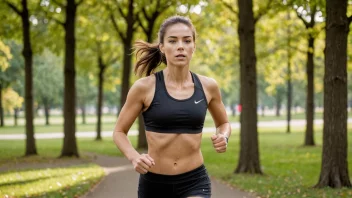Understanding running biomechanics is crucial for athletes aiming to improve their performance while minimizing the risk of injury. By analyzing movements and mechanics during running, athletes can optimize their technique, enhance efficiency, and ensure their safety on the track or trail. Here are five essential aspects to consider when delving into the world of running biomechanics.
1. Foot Strike Patterns
The way your foot strikes the ground can significantly impact running efficiency and injury risk. There are three primary foot strike patterns: heel strike, midfoot strike, and forefoot strike. Each pattern influences your gait and the forces exerted on your body. Athletes should experiment with different foot strikes to find the most comfortable and efficient method for their running style.
2. Posture and Alignment
Maintaining proper posture is vital for effective running biomechanics. An upright torso, engaged core, and relaxed shoulders allow for optimal energy transfer from your upper body to your lower body. Pay attention to your hip position; they should be level and not sway side to side. Regular exercises that strengthen your core and improve flexibility can enhance your overall alignment and running form.
3. Cadence and Stride Length
Cadence, or the number of steps taken per minute, is an essential factor in running biomechanics. A higher cadence can lead to shorter, quicker strides, which may reduce the impact forces on your joints. Aim for a cadence of around 170-180 steps per minute for optimal performance. Pair this with a focus on maintaining an appropriate stride length to ensure efficiency and minimize injury risk.
4. Arm Movement
Your arms play a crucial role in maintaining balance and rhythm during running. Proper arm movement should be coordinated with your leg movements. Keep your elbows bent at approximately 90 degrees and swing your arms forward and back, not across your body. This technique helps conserve energy and promotes a smooth running stride.
5. Recovery and Injury Prevention
Understanding biomechanics also involves recognizing the importance of recovery and injury prevention strategies. Incorporating rest days, cross-training, and strength-building exercises can help maintain your body’s resilience. Stretching and foam rolling are vital for muscle recovery, and being mindful of your running form can help prevent injuries related to overuse or improper technique.
In conclusion, mastering running biomechanics is essential for athletes who wish to enhance their performance while safeguarding their physical well-being. By focusing on foot strike patterns, maintaining proper posture and alignment, optimizing cadence and stride length, ensuring effective arm movement, and prioritizing recovery and injury prevention, runners can achieve their goals more effectively and safely.
